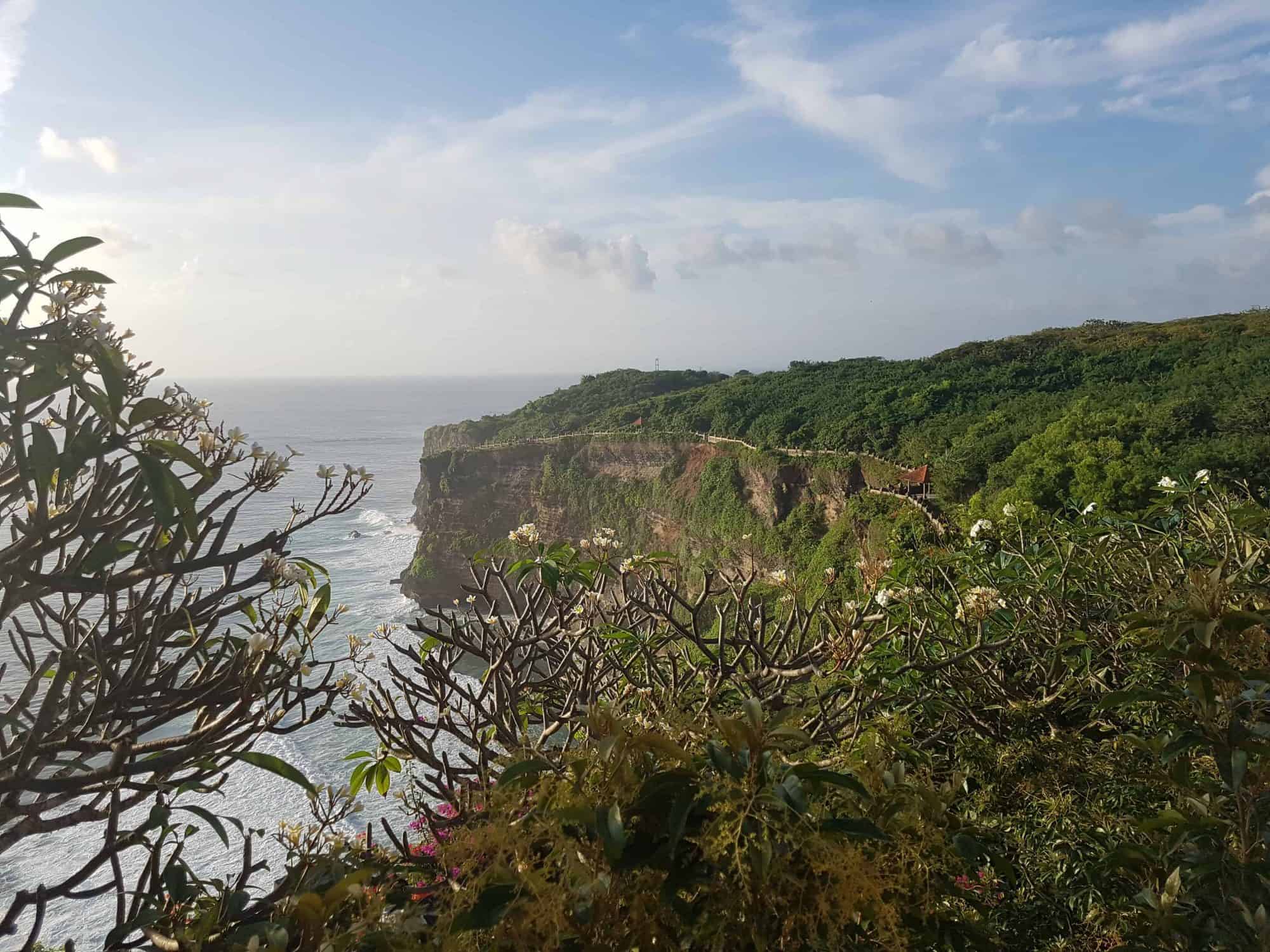The fashion industry is globally one of the top 10 most polluting industries. Through water pollution during production, chemical addition and dyes, microfibres released during laundry and tumble drying. Furthermore, transportation of goods, insecticide and pesticides through cotton growth and soil degradation. Additionally, stockpiling of unsold and used/ unwanted garments. As well as the effects of second-hand fashion markets in developing countries, safety conditions of factories and inhumane working conditions. The fashion industry has an impact on pollution, development and dignity.
3D printing is incorporated in the construction industry via architecture and structural design. However, in the fashion industry 3D materials have limitations, they are more rigid than textile, less stretchy and it’s hard to drape this new material across the model. However, the benefits of 3D printers are increasing steadily. Initially, 3D was favoured by hobbyists, costume designs, and artistic depictions via Haute-couture expressions. Most of these garments have an architecturally aesthetic. However, this area of fashion is usually dominated by couture, rarely is it Prêt-à-porter (ready to wear). A few designers that are leading the way include Iris van Herpen, Julia Koerner, Julia Daviy and Noa Raviv.
3D Fashion by Speetra Design Studio
Sara Dsouki is the CEO and Founder of this creative company. Speetra creates 3D fashion. The process involves the digital refinements of a 2D design into a 3D model and concept. Then they select filaments and 3D printing samples. Speetra uses biodegradable material for 3D printing, this material is recyclable and reusable. Therefore, Speetra supports a zero-waste and sustainable fashion industry.
These designs are relatable, they encompass formal and everyday wear, not just for movie stars at award ceremonies or superheroes.
Food for thought - 7 Questions
1. Is fast fashion inevitable?
2. Can dignity and development walk hand in hand?
3. What is your take on pollution derived from the fashion industry?
4. Are you a consumer of second-hand fashion?
5. Do charity shops, thrift stores or goodwill haunts get your donations of clothing for sale and money via purchases?
6. Do you have any reservations about 3D fashion?
7. What textures would you like to see recreated in 3D?







